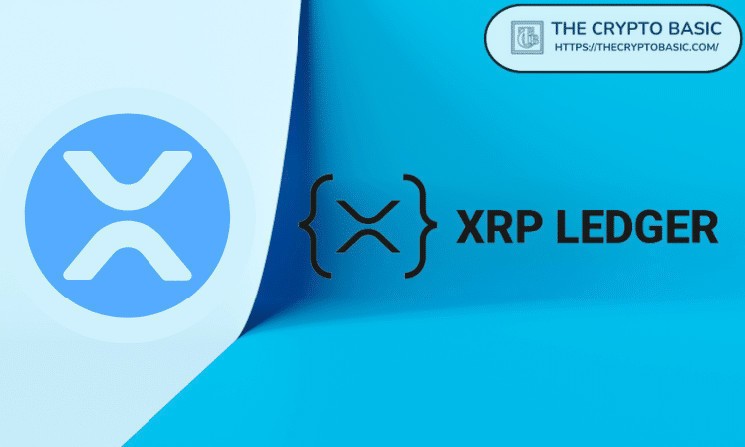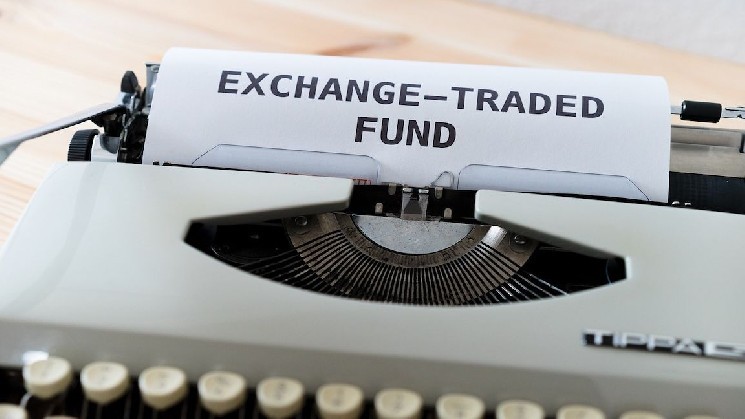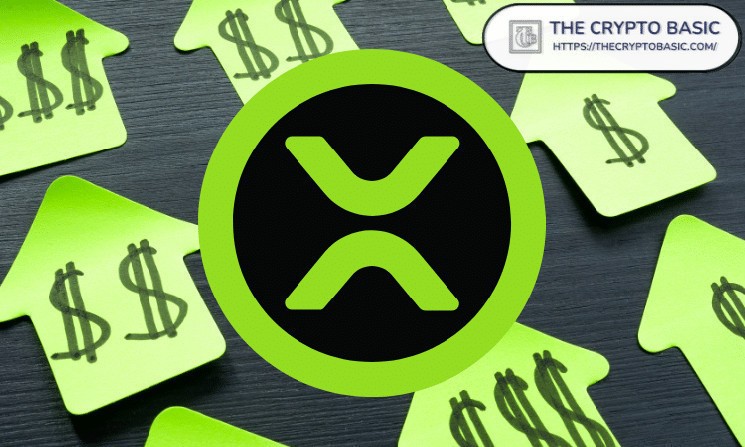XRP holders have an opportunity to earn passive income by providing liquidity on XRPL AMMs, but it is important to weigh the risks.
Following the introduction of AMM functionality on the XRP Ledger (XRPL) last March, the growth of Automated Market Makers (AMMs) in the ecosystem has triggered interest among XRP holders seeking ways to earn passive income.
To provide a guide for willing traders, the analyst behind the “All Things XRP” community-driven account, recently shared an explanation on how to take advantage of this trend. The analyst outlined a step-by-step guide to becoming a liquidity provider on XRPL-based AMMs, providing a practical entry point for everyday holders.
Steps to Add Liquidity on AMMs
For the first step, the analyst noted the importance of setting up a compatible wallet, with Xaman (formerly Xumm) being his top recommendation due to its seamless integration with AMM platforms.
He explained that it’s important to ensure the wallet is updated to version 2.8 or higher and funded with XRP. For those interested in dealing with non-XRP tokens, he advised adding the necessary trust lines.
1. Set up a compatible wallet.
Start by downloading a wallet that supports AMMs on XRPL—Xaman is the top choice.
✅ Update to the latest version (v2.8+).
✅ Fund it with XRP.
✅ Add trust lines for any non-XRP tokens you want to use.
— All Things XRP (@XRP_investing) April 14, 2025
Once the wallet is ready, the second step involves using an interface such as Magnetic, a user-friendly platform for interacting with XRPL’s AMMs. However, he urged users to stick with trusted links to avoid scam sites. Essentially, users can link Xaman with Magnetic to securely connect to the AMM interface and begin exploring available liquidity pools.
For the next step, the analyst explained that investors should review the current AMM pools, such as XRP paired with tokens like USDC, TST, or XPM, and choose ones with healthy trading activity and volume. He added that while they could create new pools, newcomers should begin with established options.
Meanwhile, according to the guide, users can contribute liquidity in two ways. They can either deposit both assets in a pair, which avoids extra fees, or contribute only one, which comes with a fee.
He advised starting with the double-asset method. Notably, this typically has better efficiency and eliminates slippage. After selecting the pool and entering the deposit amount, ideally matching the existing asset ratio, the investor can then confirm the transaction through the wallet and receive LP tokens that represent their share of the pool.
These LP tokens track both the user’s liquidity share and the trading fees it generates. Traders can monitor their position using tools like XRPScan, an XRPL block explorer, withdraw liquidity whenever they choose, and view how much income they’ve earned over time.
9. Monitor your position.
Use Magnetic or XRPSCAN to:
📈 Track LP token value
🔄 See pool performance
💸 Withdraw anytime to claim assets + earned fees
Be aware of risks like impermanent loss, especially during price swings.
— All Things XRP (@XRP_investing) April 14, 2025
XRPL AMMs See Massive Boost
Remarkably, this guide arrives at a time when XRPL’s AMM ecosystem is growing at a fast pace. When the AMM functionality officially went live in March 2024, the network began seeing a steady climb in participation.
Just weeks later, more than 315 AMM pools were active, with over 2.2 million XRP locked in liquidity. That momentum surged further by June 2024, as the locked XRP exceeded 10 million across nearly 600 pools. By early 2025, the ecosystem had ballooned to over 18,000 pools holding more than 13 million XRP, worth about $30 million.
However, there are risks worth considering alongside the potential for passive income. One of the most discussed is impermanent loss, which happens when the value of tokens within a pool changes considerably from when they were first deposited. This can lead to lower returns than simply holding the assets independently.
Ripple CTO David Schwartz highlighted this risk last year. In addition, crypto markets are largely volatile, and sharp price swings may affect the value of liquidity positions. It is important to consider these risks before choosing to become a liquidity provider for an AMM pool.














Leave a Reply